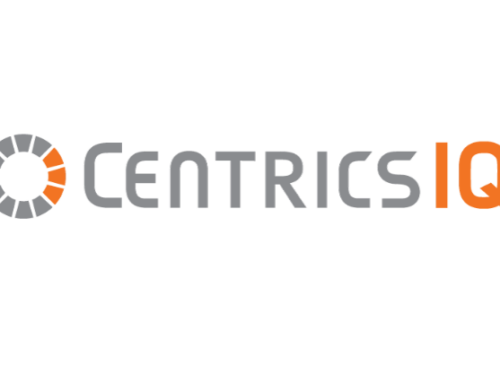Take 3 minutes to read this article
There’s no denying that cloud computing has its benefits. But, unfortunately, cloud is only truly beneficial when your applications and environments are fully optimized for it. If your company is still struggling to offset the costs of the migration and can’t seem to reduce your sky-high cloud bills each month, then it’s time to start triaging.
Here’s why many companies are beginning to look for alternatives to cloud computing.
Common Cloud Complexities that Have You Backtracking to Cloud Alternatives
Consider the following cloud pain points:
- Customer Support and the Skills Gap
- Already-lean IT teams now must cover even more IT proficiencies. Because of this added strain, companies are turning to outsourcing to alleviate the pressure. With the current cloud and cybersecurity skills, finding the necessary expertise is proving difficult.
- Security Complexity
- Cloud environments are complex and require additional investment to defend. While your cloud provider has some in-line security tools built into the platform, you still need to implement and configure your own security tools, software, firewalls, and controllers to monitor and defend your digital assets.
- Incorrect Configurations
- Legacy applications that do not translate well to cloud are intrinsically expensive to run. Moreover, improperly-built cloud applications cause latency issues, drain cloud resources, and spike cloud spend, requiring intensive rebuilding and rewriting to make them more compatible.
- Storage and Data Access
- In cloud, you need to account for the time it will take to access all your old archival files. Additionally, you also need to manage costs. From there, you spend time and resources migrating and restoring your data and coordinating onsite and offsite backups and redundancy.
- Vendor Lock-In
- Fundamental differences in vendor platforms make migrating from one cloud environment to another difficult and limiting. Redeveloping the necessary configurations for your new cloud vendor creates resource drain and additional cloud costs.
Heavy-Hitters in Cloud
The biggest overarching factor here, however, is time. And time costs money, especially in enterprise scenarios.
If you could simply flip a switch and have all your assets in the cloud immediately, then you’d be free and clear. But, as it is, many companies underestimate the time it takes to make the transition and to start seeing ROI. It’s a years-long process, and you’ll be paying fees on both sides of the transition. You must fundamentally understand the cost vs. risk vs. realistic transition time before you dive headlong into cloud.
Remember that, in addition to the new (and growing) AWS cloud bill you receive each month, you still need to cover costs concerning:
- Hardware support for the infrastructure that you haven’t transitioned yet
- Data center costs for remaining hardware
- Development time and resources for applications and workloads
- Cloud consultant and transition fees
- Implemented OCM costs
Consider situations where you have two different companies merging their infrastructures. What if they have drastically differently aligned cloud strategies? You’ll have to have the expertise, the time, and the resources to go on-premise on both sides and “figure it out.”
It’s time to find a cloud alternative that gives you the right balance between on-premise and in the cloud. From the get-go, move your “low-hanging fruit” to the virtualized environment to offload as much as you can as quickly and accurately as you can. But, if you don’t properly prep your legacy applications and fail to consider the compliance ramifications and security risks, then you’ll be taking a whole lot more time on the migration process than you originally had planned for.
Regain a Healthy Hybrid Cloud Balance with CentricsIT
CentricsIT can help you optimize your infrastructure on-site by helping to alleviate support and maintenance costs with our full IT lifecycle solutions, including:
- Sourcing and sparing
- Third-Party Maintenance
- IT Asset Disposition
- Data Sanitization
- On-Demand Field Services
We’ll help you make the most of your current cloud situation and keep your existing infrastructure well-maintained (and for an economical price).
Let’s build a more effective hybrid cloud.
Concerned about climbing cloud costs? Download this free e-book about how to build a more balanced and cost-effective hybrid cloud solution.





